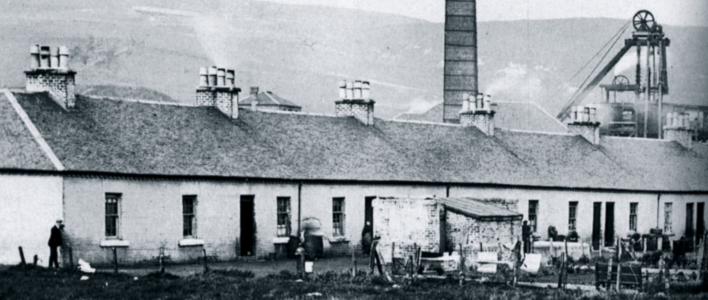Darnconner
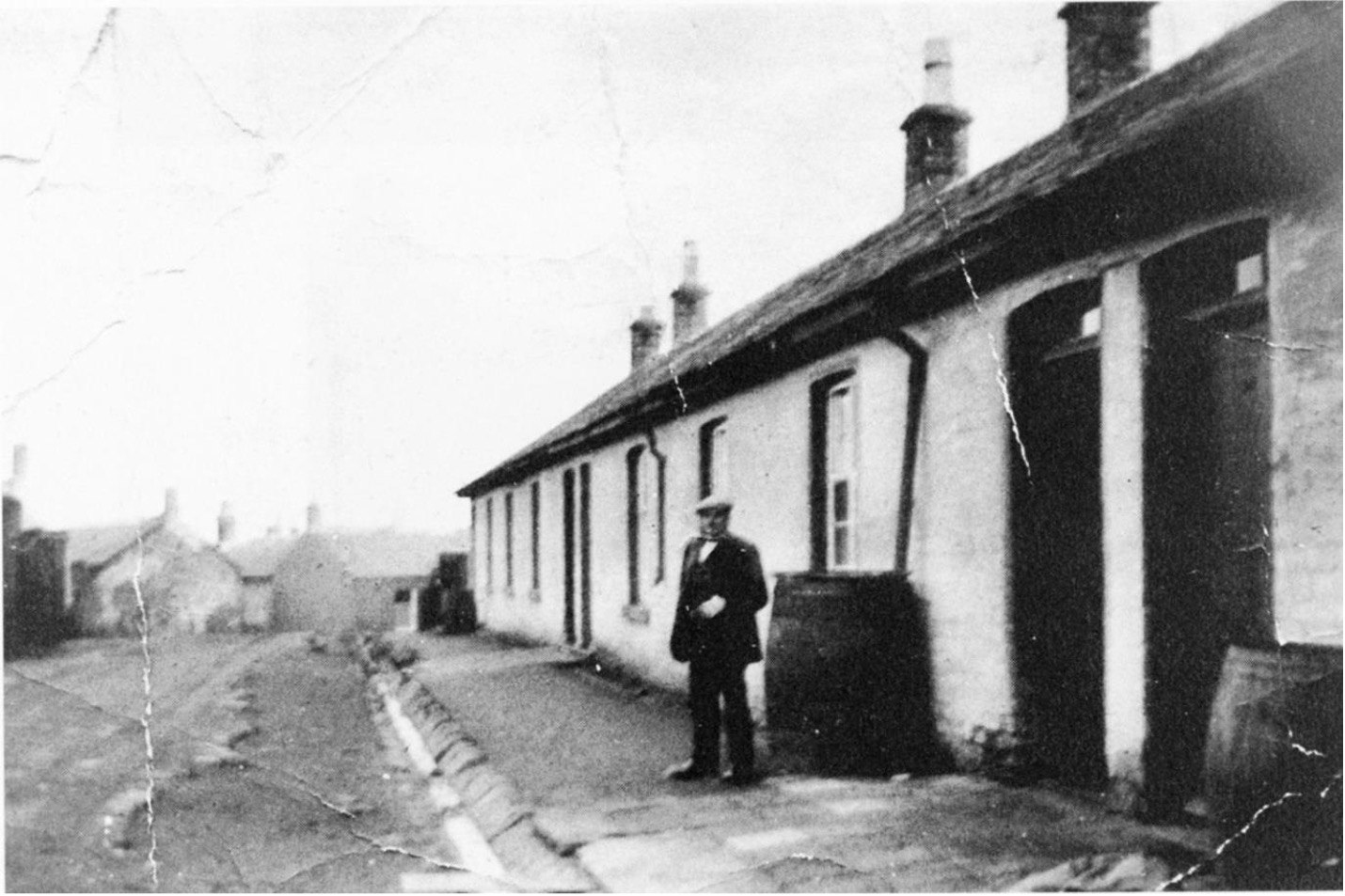
This image shows the village of Darnconner, reputedly with the last resident.
Date unknown: possibly early to mid-1930s.
Darnconner, in central Ayrshire near Auchinleck, developed as a farming and coal mining village in the early nineteenth century, with several coal pits sunk in the vicinity. The Eglinton Iron Company, William Walker Coal Company and William Baird and Co., coal and iron master, were dominant landowners and employers. The village had one of the longest continuous miners’ rows in the County, comprising 96 houses, called the Common Row. As with other Ayrshire mining villages population rose and fell with the discovery, exploitation and depletion of mineral resources. In the 1881 Census population was recorded at 550, rose to 1,198 in 1891 and fell back to 457 in 1901. [1]
The village was one of those surveyed by the Ayrshire Miners’ Union official Thomas McKerrell as part of the unions report to the Royal Commission on Housing in 1913. It was amongst the worst of those visited in Ayrshire at this time in terms of overcrowding, poor quality building, inadequate ‘dry’ toilet facilities and poor amenities, with an open sewer (syvor). The prevailing stench is hard to imagine. The coal masters proved to be poor landlords, unwilling to invest much in improving the living conditions of their tenants.[2] The Report concluding about Darnconner in 1913:
‘The population of Darnconner is approximately 400, and there is not a closet, for the whole of the population, with a door on it. There is not a washing house, and the whole place reeks of human dirt and ‘glaur’.’[3]
Following the First World War the community was in decline and the miners’ rows gradually emptied of their inhabitants as local opportunities for employment dwindled. In a 1930s silent film called ‘The Missionaries’ the shotlist records Darnconner as ‘an old mining village, fast becoming derelict’. [4] Houses were deemed by the Council to be uninhabitable and families were re-housed in Auchinleck in the 1930s. Rents in the new houses were high, however, prompting a rent strike by a number of the ex-Darnconner residents claiming a breach of the Slum Clearance Act. This is a good example of the opposition and resistance that germinated in some of the ‘lost villages’ towards forced rehousing. There were clearly mixed feelings about being decanted from the isolated miners’ row villages to the better quality Council-owned social housing. By the Second World War Darnconner was uninhabited, with the school and church closed and the final miners’ row (the Common Row) demolished in 1940.[5]
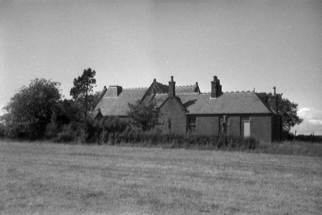
The former school and mission church at Darnconner photographed in 1966.
Image: Courtesy of John Hume
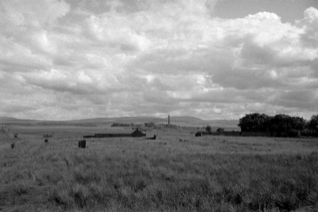
The view looking east from the site of Darnconner village in 1966. The building to the left of the trees was the company store, and the chimney was that of Commondyke Brick Works.
Image: Courtesy of John Hume
As with Glenbuck there is little left remaining of the physical site of Darnconner, largely demolished under Slum Clearance and finally erased from the landscape by one of the largest of Ayrshires open cast mines, which produced over 600,000 tons of coal from 1985-1991.[6]
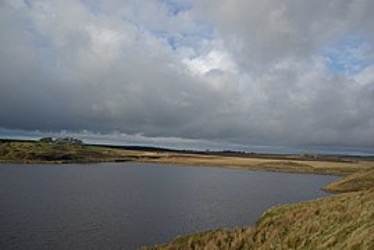
Image: Flooded excavation near Darnconner Farm, the result of open cast mining. Courtesy of WikiCommons.
Our project is gathering the stories of the village, to find out about the children who played there, the women who kept the family fed and the men who laboured in the pits. If you or your family came from Darnconner and you can help us uncover this history of life in the village, please get in touch.
Footnotes:
- Dane Love, Ayrshire’s Lost Villages, p. 112
- Dane Love, Ayrshire’s Lost Villages, pp. 112-3
- http://www.ayrshirehistory.org.uk/Bibliography/monos/amr1.htm
- https://movingimage.nls.uk/film/4977
- Dane Love, Ayrshire’s Lost Villages Love, pp. 114-5
- Dane Love, Ayrshire’s Lost Villages, p. 116
Further Reading
Dane Love, Ayrshire’s Lost Villages (Carn: Auchinleck, 2017)
